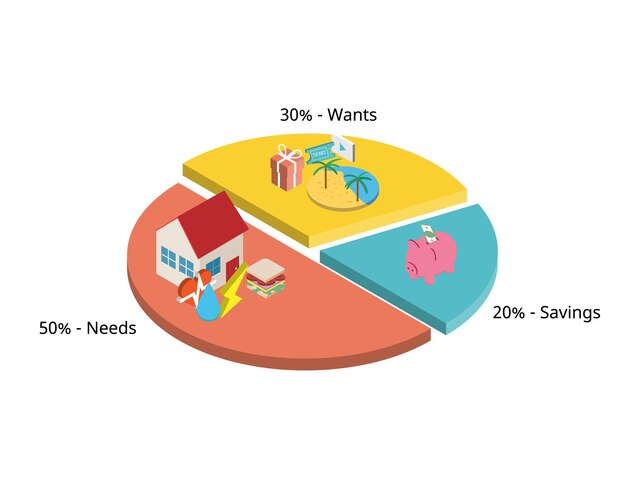Top 10 Trading Strategies in 2025: Mastering the Market
The trading landscape is constantly evolving, and as we move deeper into 2025, new technologies, market dynamics, and global events continue to shape how investors approach the market. In this article, we’ll explore the top 10 trading strategies that are dominating the scene this year, helping traders maximize returns and manage risks effectively.

1. Algorithmic Trading (Algo Trading)
Why It Works:
With advancements in artificial intelligence and machine learning, algorithmic trading has gained massive popularity. Algorithms can analyze vast datasets in milliseconds, identifying profitable opportunities before human traders can react.
How It Works:
- Algorithms are programmed with specific criteria such as price, volume, timing, and other market conditions.
- They execute trades automatically when predefined conditions are met.
- High-frequency trading (HFT) is a subset where trades occur in fractions of a second.
2025 Trends:
- Ethical algorithmic trading is gaining traction to avoid market manipulation.
- Retail traders now have access to simplified algo-trading platforms.
2. Swing Trading
Why It Works:
Swing trading focuses on capturing short- to medium-term gains over a few days to weeks. It capitalizes on market volatility while avoiding the stress of day trading.
How It Works:
- Traders use technical indicators such as moving averages, RSI (Relative Strength Index), and Fibonacci retracements.
- Positions are held overnight but not long enough to qualify as long-term investments.
2025 Trends:
- AI-powered swing trading tools are helping traders optimize entry and exit points.
- Popular among traders balancing a full-time job with market participation.
3. Trend Following Strategy
Why It Works:
This strategy leverages the age-old market principle: “The trend is your friend.” It focuses on buying assets that show an upward trend and shorting those with a downward trajectory.
How It Works:
- Uses indicators such as Moving Averages (MA) and Average Directional Index (ADX).
- Traders hold positions as long as the trend continues, with stop-losses to limit risk.
2025 Trends:
- Crypto markets have shown strong momentum, making trend following profitable.
- Automated tools now adjust stop-losses dynamically based on volatility.
4. Mean Reversion Trading
Why It Works:
Mean reversion assumes that prices will eventually revert to their historical average. When assets deviate too far from this mean, it presents trading opportunities.
How It Works:
- Traders look for overbought or oversold conditions.
- Bollinger Bands and RSI are common tools.
- Positions are closed when prices revert to the mean.
2025 Trends:
- Works well in range-bound markets, particularly in forex and certain commodities.
- AI is improving the accuracy of mean reversion signals.
5. Breakout Trading
Why It Works:
Breakout trading capitalizes on significant price movements when an asset breaks through resistance or support levels. Early entry can lead to substantial profits.
How It Works:
- Identifies key levels using support and resistance.
- Waits for price to break out with high volume.
- Uses trailing stops to protect profits.
2025 Trends:
- Increasingly popular in crypto due to high volatility.
- Real-time data feeds and AI help confirm breakout validity.
6. Scalping Strategy
Why It Works:
Scalping is a high-frequency trading strategy that focuses on making small but consistent profits from minor price movements.
How It Works:
- Positions are held for seconds or minutes.
- Requires fast execution and low transaction costs.
- Uses Level 2 market data and order flow analysis.
2025 Trends:
- Automated bots are dominating scalping in forex and crypto markets.
- Scalpers are leveraging decentralized exchanges (DEXs) for arbitrage.
7. Pairs Trading
Why It Works:
Pairs trading is a market-neutral strategy where traders go long on one asset and short on another, minimizing market risk.
How It Works:
- Works best with correlated assets (e.g., two tech stocks).
- Traders profit from the convergence or divergence of asset prices.
- Uses statistical analysis to find mispricing.
2025 Trends:
- Popular in equities and crypto markets.
- AI tools now help identify non-obvious correlated pairs.
8. Position Trading
Why It Works:
Position trading is for traders with a long-term horizon, focusing on macroeconomic trends rather than short-term fluctuations.
How It Works:
- Uses fundamental analysis alongside technical indicators.
- Positions are held for weeks to months or even years.
- Requires patience and deep market research.
2025 Trends:
- ESG (Environmental, Social, Governance) investing is influencing long-term positions.
- Geopolitical analysis is becoming crucial due to global instability.
9. Arbitrage Trading
Why It Works:
Arbitrage takes advantage of price discrepancies between different markets or exchanges, offering nearly risk-free profits if executed correctly.
How It Works:
- Traders buy low on one exchange and sell high on another.
- Speed and low transaction costs are critical.
- Works well in forex, crypto, and stock markets.
2025 Trends:
- Crypto arbitrage remains lucrative due to price differences across DEXs.
- Cross-border arbitrage is increasing as global markets become more interconnected.
10. Event-Driven Trading
Why It Works:
Market-moving events such as earnings reports, mergers, acquisitions, and economic data releases create volatility, offering opportunities for significant gains.
How It Works:
- Traders analyze news flow and economic calendars.
- Options trading is often used to leverage volatility.
- Positions are usually short-term, entered before or just after the event.
2025 Trends:
- AI is now scanning news feeds for sentiment analysis.
- Traders are leveraging social media sentiment to anticipate market reactions.
Key Tools for Trading in 2025
To execute these strategies effectively, traders are increasingly relying on advanced tools:
- AI and Machine Learning: Improve the accuracy of predictions.
- Blockchain Analytics: Offers transparency in crypto markets.
- Social Sentiment Analysis: Gauges market sentiment in real-time.
- Risk Management Software: Helps automate stop-losses and position sizing.
Conclusion
The trading landscape in 2025 offers a blend of traditional and innovative strategies, powered by technology and global market dynamics. Whether you’re a high-frequency trader using algo systems or a long-term investor focusing on macro trends, there’s a strategy tailored to your style. Staying adaptable and integrating technology into your trading approach will be the key to success this year.
For more insights on investing and market strategies, stay tuned to Wealth Wired, where we keep you ahead in the ever-evolving world of finance.




 Are you a teenager…
Are you a teenager…

